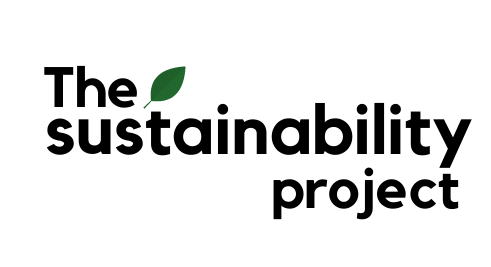If you are someone who has been keeping up with “eco trends”, you would have definitely come across circular fashion. Many consumers are starting to drive companies to re-think their impact on the environment and adopt more sustainable practices.
As such, many corporations, particularly fashion companies, are starting to welcome the concept of a circular economy.
Currently, our fashion system is built on the traditional linear system of “take, make, and dispose of”. This means that we are using up Earth’s resources at an increasing speed, and clothes are just another category of disposable items that we chuck aside after a while.
At a time where we are generating more waste than ever, this doesn’t sound like good news at all. In fact, the fashion industry is a major contributor to waste.
According to the Ellen McArthur Foundation, one of the leading organisations promoting a circular economy, 73% of the world’s clothing currently ends up in landfills, less than 15% of clothes are collected for recycling, and less than 1% of the material used to produce clothing is recycled into new clothing.
So, is it time for circular fashion to save the day? We have the facts lined up for you.
What is a circular economy?

Image source: IEC e-tech
First, let’s cover the basics before we delve deep. According to the Ellen McArthur Foundation, the circular economy refers to an “industrial economy that is restorative by intention; aims to rely on renewable energy; minimise, tracks and eliminates the use of toxic chemicals; and eradicates waste through careful design.
In essence, it means that all products, materials, and resources used are circulated among its users for as long as it can be.
Instead of tossing out products at the end of their life cycles and generating waste, we keep them in a closed loop (hence the term “circular”) through reusing and recycling.
A circular economy also means that renewable energy sources are prioritised, making us less reliant on fossil fuels.
What’s so wrong about the current fashion system that we have to change?
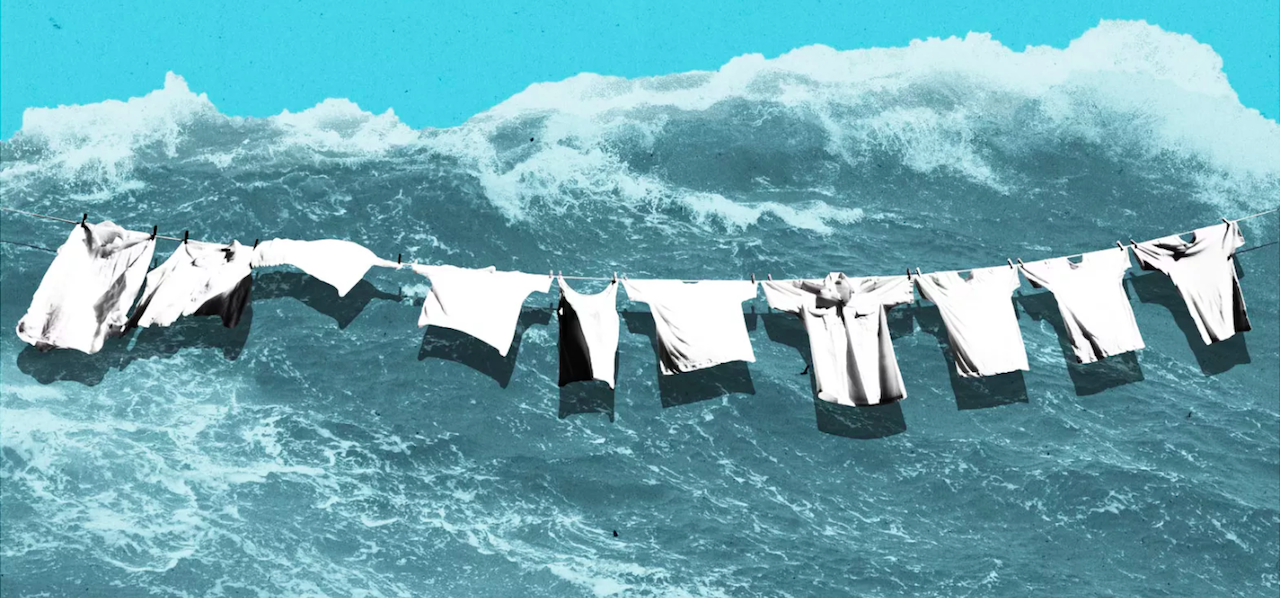 Image source: Vox
Image source: Vox
With fast fashion brands dominating the market, textile waste is currently one of the top contributors to pollution.
Even though 80% of the clothes discarded by consumers in major cities could be reused, they typically end up in landfills. In fact, most textile waste ends up in the landfills of developing countries, where our clothes are made.
The worst part? Most of these clothes are made up of non-biodegradable materials!
Speaking of non-biodegradable materials, the widespread use of synthetic fibres, specifically polyester, has an immense impact on the environment. Polyester emits up to three times carbon dioxide than other natural fibres such as cotton.
Due to fast fashion, usage of polyester to produce clothing has increased by 157% from the year 2000 to date. Furthermore, these tiny synthetic fibres, which are less than 5mm in length, leech out into the environment when you do your laundry. Hence, adding onto the microplastic pollution problem.
The fast fashion industry also makes use of countless amounts of hazardous chemicals which permanently destroy the environment.
Such chemicals include azo dyes, NPEs (Nonylphenol Ethoxylates), and toxic perfluorinated substances which are carcinogenic to animals and humans.
Did you know that up to 20% of global water pollution can be attributed to the clothing industry?
So… how can fashion play a part in the circular economy and help solve the issue?
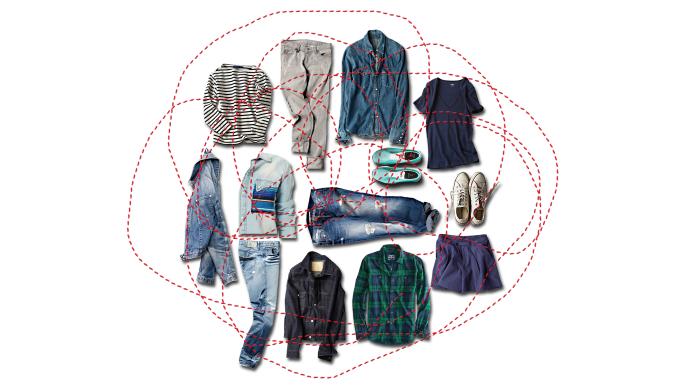 Image source: The Times
Image source: The Times
According to Dr Anna Brismar (who first coined the term ‘circular fashion’), circular fashion is defined as “clothes, shoes, or accessories that are designed, sourced, produced and provided with the intention to be used and circulate responsibly and effectively in society for as long as possible in their most valuable form, and hereafter return safely to the biosphere when no longer of human use”.
This means that fashion items are to be designed so that its sub-components can be disassembled or separated to facilitate repair, remake, reuse and eventually material recycling at the end of its life cycle. It also points to the usage of eco-friendly materials, instead of toxic materials like polyester.
 Image source: Shutterstock
Image source: Shutterstock
A Change in the Current Production Process
In practice, the term “circular fashion” means changing multiple things at each stage of the current production process.
At the start of the production process, companies need to opt for recyclable materials in the design of their products.
Next, they have to use renewable energy and get rid of toxic chemicals in all manufacturing/production processes. This helps to reduce the pollution that they are currently causing.
Finally, they need to invest in innovative technologies that can turn textile waste into new, high-quality fibres with maximum energy efficiency. .
Moreover, adopting circular fashion means that products are circulated in the society and used for as long as possible, through repair, refurbishment and sharing among multiple users over time (such as through donation, second-hand shopping, renting, etc).
Thereafter, the products are redesigned or recycled to give the material and components of new life. This can help to reduce the amount of waste that the fashion industry generates.
An example of a fashion company that has adopted the circular business model is The Renewal Workshop. They only use discarded apparel and textiles to turn them into new apparel, upcycled materials or recycling feedstock.
In addition, they collect data on the textiles that flow through their recycling system and present it to their brand partners to help them improve the production and design of future products.
Controversies on circular fashion
“Reusing and Recycling is Never Enough”
As with everything, the circular fashion model definitely has its fair share of critics. The main argument against circular fashion is that no amount of reusing or recycling will offset the current rate of growth of the fashion industry.
As of now, the fashion industry grows by 4-5% every year and is expected to reach $3.3 trillion in 2030 from the projected $1.9 trillion in 2019.
This is 1.7x growth in just eleven years. With such an astounding growth rate, it is unrealistic to expect circular fashion to magically solve everything.
Furthermore, according to the Pulse of the Fashion Industry report, 40% of all fashion companies do not even take sustainability seriously by setting goals and rethinking their supply chain.
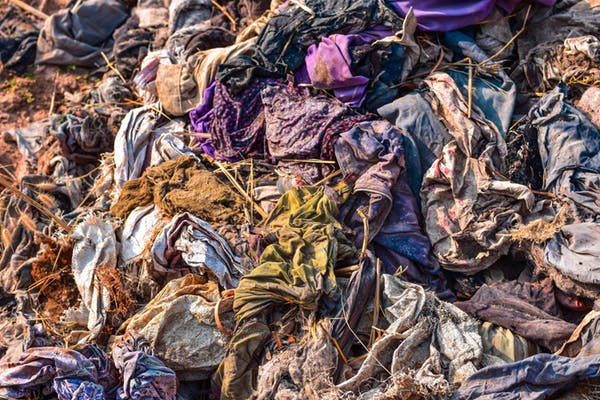 Image source: Shutterstock
Image source: Shutterstock
Among the rest of the 60%, a lot of the improvement is happening with small and mid-sized companies, such as local brands Esse, Style Theory, and Matter. Among the biggest players, which make billions in revenue every year, the pace of improvement is more or less non-existent.
“Circular Fashion is Greenwashing”
Critics are also skeptical of the major change-makers in the fashion industry. Many blame them for “greenwashing”, a term to describe companies that come up with flashy “eco-friendly” or “green” campaigns to distract customers from the harm caused to the environment.
A well-known example is H&M, a clothing brand that has been closely watched by environmental advocates ever since it claimed to be working towards a more sustainable business model.
“H&M’s Recycling Week is in reality a week of illusions since only one percent of collected clothing can be used as recycled fibers,” Kirsten Brodde, the project lead of Greenpeace Detox My Fashion, wrote in a press release. “But this is not told to the customers.”
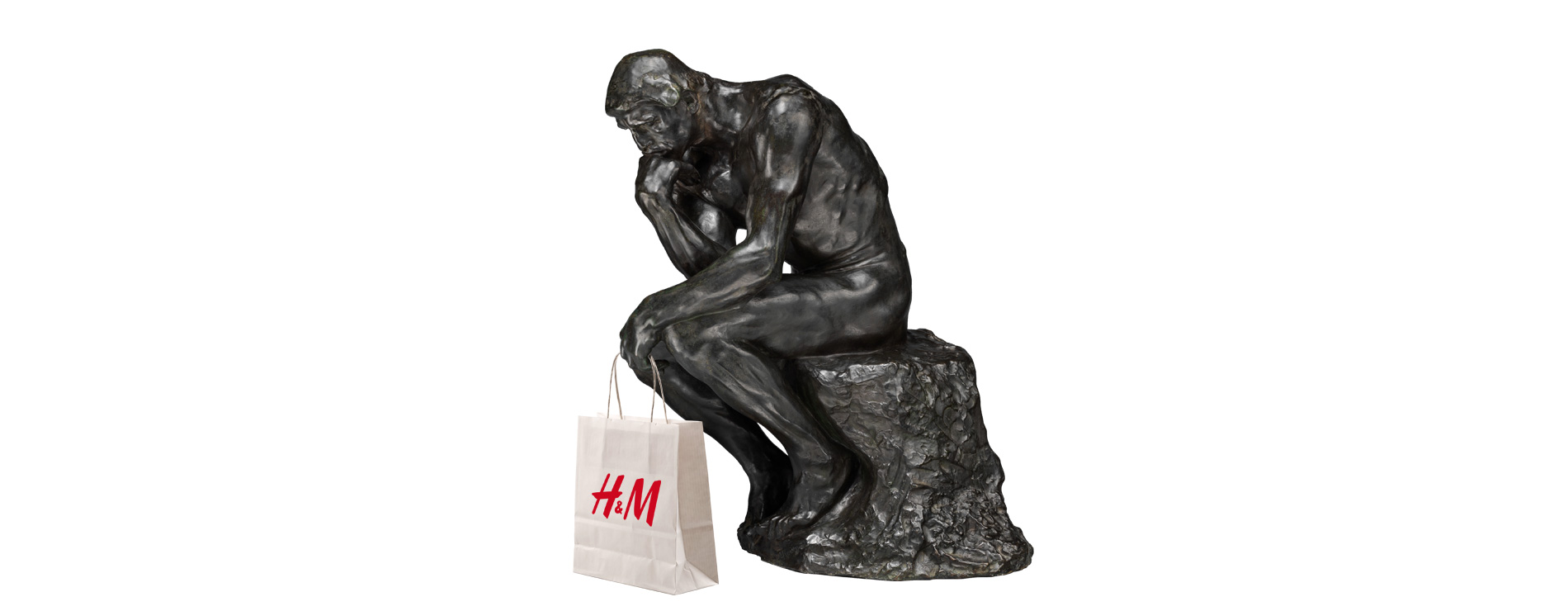 Image source: Esquire SG
Image source: Esquire SG
All in all, circular fashion is definitely not the one-stop solution to all our problems. But it certainly can help to alleviate some of the pollution and waste generated by fast fashion.
Regardless, we as consumers, have to practice conscious consumption. Not only should we buy what we need, we should also educate ourselves on the companies that we are purchasing from.
Are they actually investing effort into sustainable practices at all stages of the supply chain?
Want more tips on how to be a conscious consumer? Check out our blog posts on sustainable shopping and clothing materials!
